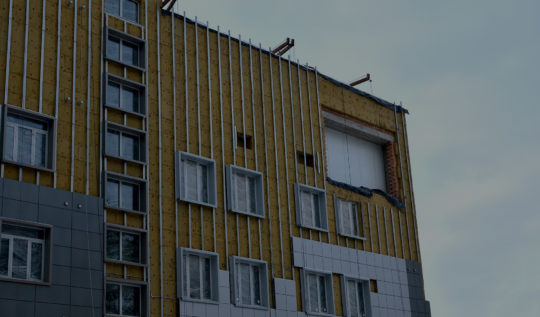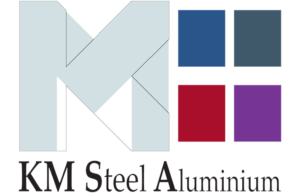PUR PIR sandwich panels: safety and insulation
PUR PIR sandwich panels are used to insulate and maintain the safety of your building. In today’s world of construction, PUR PIR rigid foam sandwich panels have become the ideal element for engineers, architects and planners to achieve excellent thermal insulation values. PUR PIR sandwich panels are labelled as the best alternative for insulation and safety due to their advantages and performance. Sandwich panels have an insulating core of rigid polyurethane or polyisocyanurate foam (PUR-PIR) bonded to two facings which are usually made of metallic material. These metal layers are usually made of steel or aluminium. In the manufacturing process, the covering layers are arranged according to the desired shape at the start. Once they are shaped according to the requirements of the panel type, they are transferred to the press, where the mixing head injects the relevant components at a predetermined dosage, producing the foam in liquid phase. This chemical reaction causes the foam to grow by bonding to the two covering layers, top and bottom. By applying heat and pressure over a period of time for curing, we achieve what is known as dimensional stability of the core. PUR PIR sandwich panels manufactured for safety use are cut to length, lined up and packed so that they can be transported to the construction site.
Differences between Pur and Pir sandwich panels
Polyisocyanurate rigid foam (PIR) is one of the variants of polyurethane foam (PUR) so that its appearance remains the same. Its mechanical and thermal properties favour a better fire performance. PIR foam performs well in fire, forming a carbonised surface layer that serves as a protection and boundary against fire penetration to the previous layers. In terms of thermal properties, PIR remains stable at temperatures from -200°C to 120°C, and PUR achieves thermal stability from -150°C to +80°C. When it comes to dimensional stability, the PIR sandwich panel has a higher stability and a wider temperature range. On the other hand, the PIR sandwich panel has a higher mechanical strength compared to PUR. Although the tensile strength of PIR panels was initially questioned, nowadays, thanks to the incorporation of promoters and the development of their components in the manufacture of this type of panel, this problem has been alleviated. The use of highly qualified raw materials and the existence of strict quality controls allow a product guarantee that can be maintained for a period of up to 10 years, depending on the manufacturer, providing security to the PUR PIR sandwich panels. These characteristics are very much taken into account when choosing a sandwich panel for a building site or project.

Type of PUR/PIR panels
- Roof panels with or without flashings and specials
- Facade panels with visible fastening, standard concealed fastening, architectural and special.
- Refrigerated and FM refrigerated panels
At KM Steel we are committed to achieving guaranteed safety both on the job and afterwards, working to high quality standards, the lives of people and property are also taken into account. To avoid problems in case of fire.
Applications of sandwich panels pur and pir
PUR PIR sandwich panels can be used in false ceilings, interior partitions, facades, roofs and cold rooms:
- Thermal insulation of floors for cold rooms and freezing tunnels.
- Thermal insulation in sandwich panels with sheet metal, polyester, fibre cement or wood.
- Thermal insulation for the creation of refrigerated trucks.
- The working temperature ranges from below 0ºC to 80ºC.
- Useful in all types of buildings.
Build with PUR PIR sandwich panels taking into account health, safety and environment. For more information please visit our website or write to us at info@kmteel.es




